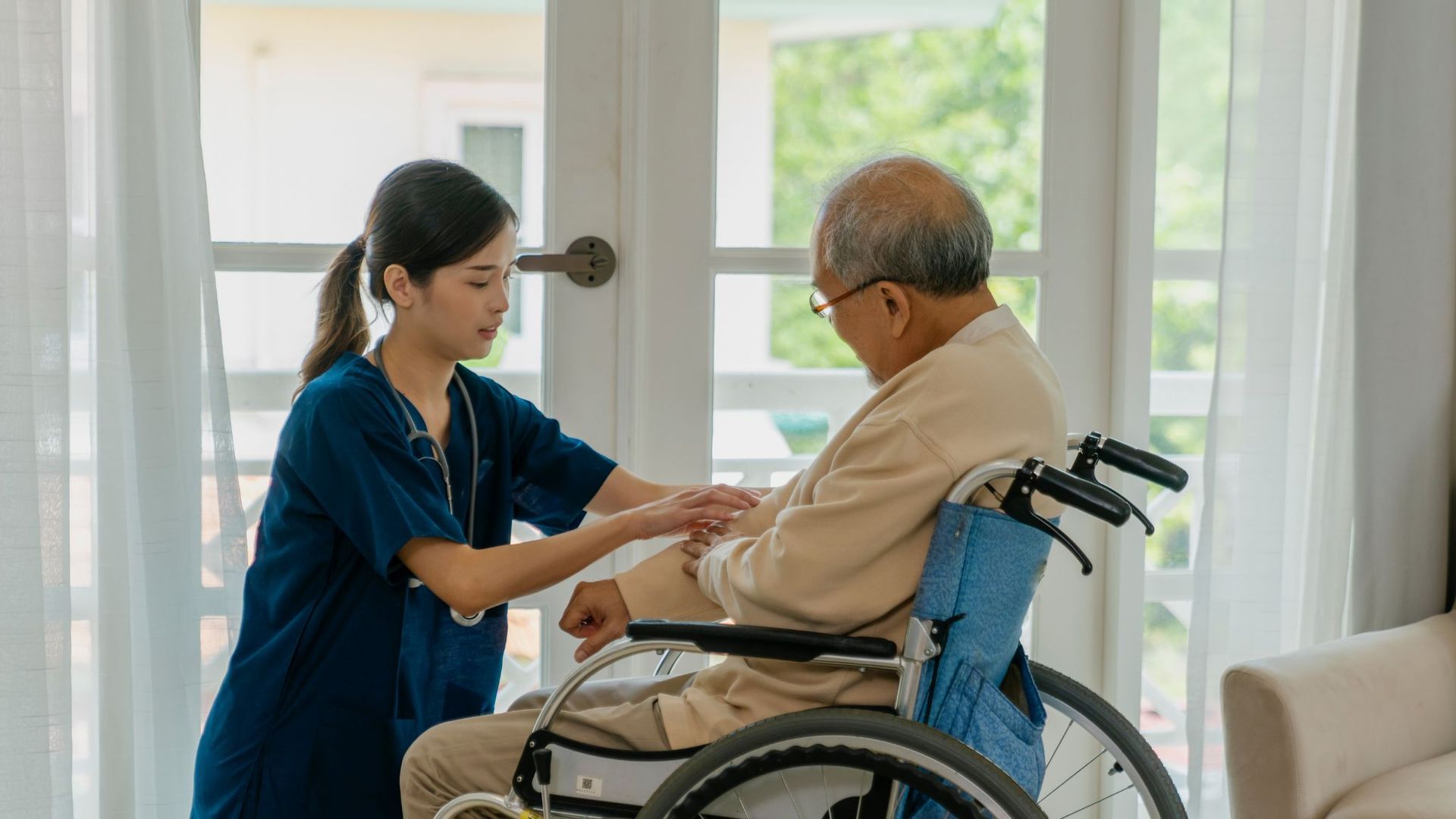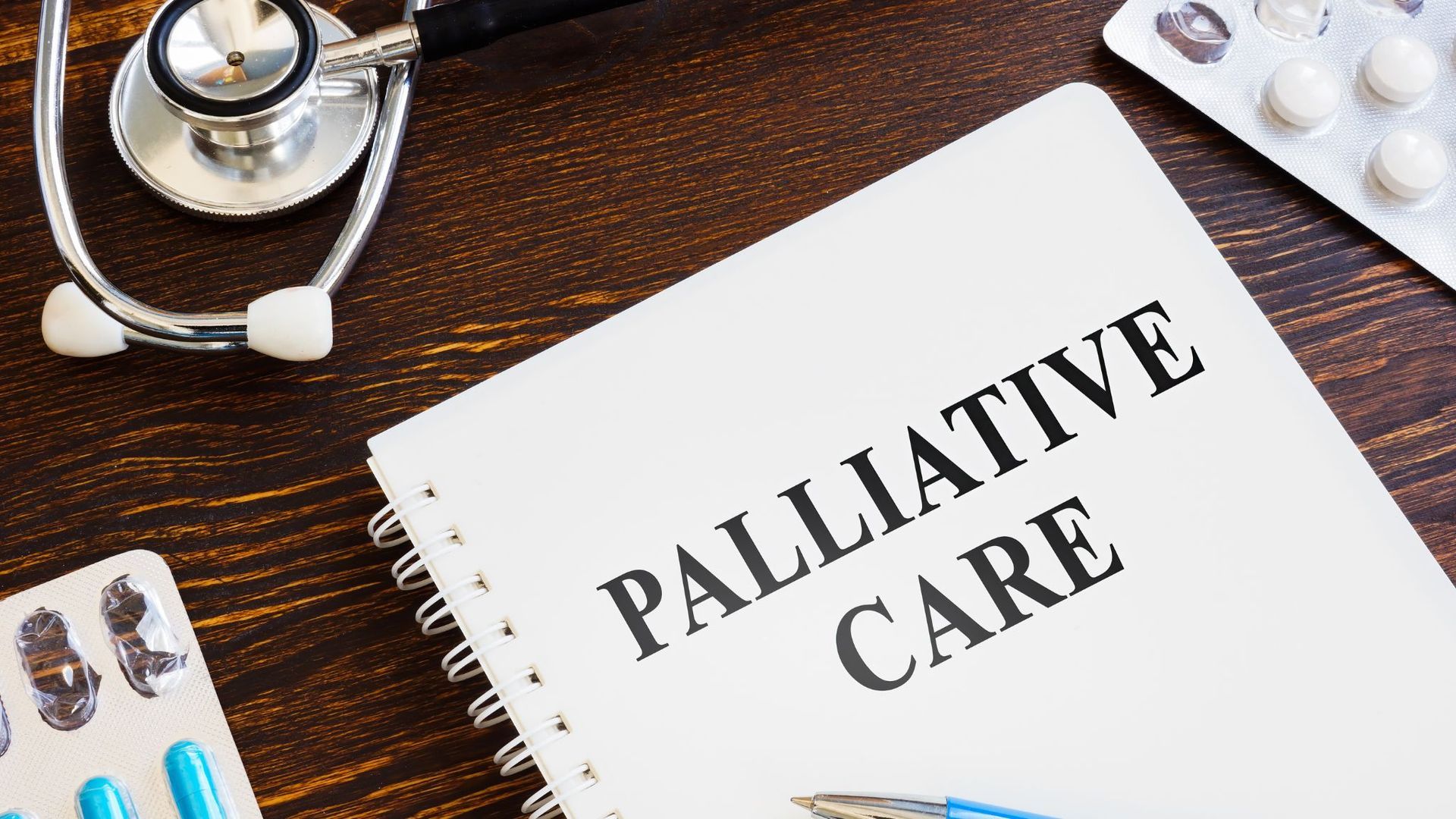How Much Does In-Home Hospice Care Cost?
Caring for a loved one with a terminal illness often raises difficult questions, including financial ones. Many families want to provide care in a familiar setting, but one of the most common concerns is this: how much does in-home hospice care cost?
While this option offers comfort, dignity, and personalized support at home, the price can vary based on location, service needs, and insurance coverage. This guide explains what’s typically included, what to expect out-of-pocket, and how to plan ahead so you can focus on care, not just costs.
What Does In-Home Hospice Care Include?
In-home hospice care provides a variety of services focused on making your loved one’s final days as comfortable as possible. Common services offered include routine nursing visits, pain and symptom management, home visits from the hospice team, supplies, and other resources.
Unlike hospital care, which aims to cure your illness, hospice care shifts the focus to managing your symptoms and providing extra support for everyday tasks. The goal is to alleviate discomfort and provide support with daily living tasks, such as bathing, dressing, and eating.
Care is delivered wherever the patient resides, whether in their own home, a relative’s residence, an assisted living facility, or a nursing home. Most services are coordinated through a hospice agency, which works closely with family caregivers to match you with a care plan that meets your loved one’s specific needs.
What is the Average Cost of In-Home Hospice Care?
Learning the answer to how much does in-home hospice care cost can vary widely depending on factors such as location, provider rates, the patient’s needs, and the level of insurance coverage.
While many families don’t pay the full amount due to Medicare, Medicaid, or other private insurance, starting financial planning can reduce the strain of the process of affording end-of-life care.
Instead of charging for every individual service, hospice care is billed through a daily rate that covers a full range of services. Based on the benchmarks for hospice care costs set by the Centers for Medicare and Medicaid Services, here’s an in-home hospice cost breakdown for care in the United States using the Medicaid’s FY2024 hospice payment rates as a guide:
Nursing Visits
Routine home care that includes scheduled nursing visits amounts to $218.61 on average per day for the first 60 days, and $172.57 starting day 61. This covers care coordination, health monitoring, and symptom assessments.
Medical Supplies and Equipment
Medical supplies and items such as hospital beds, oxygen tanks, and wound care supplies are covered by the hospice agency as part of the daily rate. There are no additional charges under Medicaid or Medicare.
Medication
Pain and symptom control medications are included in the hospice benefit daily rate under Medicaid/ Medicare. Some small payments may apply under specific private insurance plans but the hospice agency generally covers these medications in full.
Emotional and Spiritual Support
Chaplain services, social workers, and counseling are part of the hospice team and offer emotional and spiritual care at no additional cost. These services are available to both patients and their families.
Does Medicare Cover Hospice at Home?
Yes, Medicare provides extensive support for hospice patients who wish to receive home hospice services through the Medicare Hospice Benefit. This benefit covers essential services such as routine nursing visits, medical equipment, pain and symptom control medications, and counseling services for both patients and families at a per-day price.
To qualify for hospice care, a patient must be certified by a physician or doctor as having a terminal illness with a prognosis of six months or less to live. Enrollment in a Medicare-approved hospice program and accepting comfort care are also requirements.
While most services are fully covered under the benefit, there may be small copayments for medications or other additional services. For individuals without Medicare, Medicaid, and other private insurance plans can also serve as alternatives depending on the provider and policy.
Out-of-Pocket Costs and What’s Not Covered
While Medicare and Medicaid benefits cover most hospice services, there are some costs that families may need to pay out of pocket. These fall outside standard coverage and can add up, depending on your loved one’s needs, namely:
24/7 Home Health Aides
If your loved one requires round-the-clock assistance for everyday tasks, families may need to hire private caregivers outside of their Medicare or Medicaid benefits.
Room and Board in a Facility
If hospice is provided in an assisted living facility or a nursing home, the hospice benefit may cover care services but not housing or meals. These costs can vary depending on the facility and are typically paid for by the family unless other funding sources are used.
Personal Care Services
Some non-medical support services, such as housekeeping, laundry, meal preparation, and others, may not be included in the hospice benefit coverage.
Private-Pay Options
Families who choose a non-network provider may need to pay privately, either per service or through a flat daily rate, and can have significantly increased total expenses without insurance.
Is In-Home Hospice More Affordable Than Facility Care?
In many cases, in-home hospice care is a more affordable alternative to nursing home care or full-time facility care. Staying at home helps avoid room and board fees associated with care facilities. Families can also control additional expenses based on their loved one’s needs, choosing whether to hire extra help or rely on the core hospice team.
However, while home care can reduce some additional costs, it can shift more of the responsibility to families. Assistance tasks like caregiving, supervision, and daily chores may fall to loved ones, which can affect time, stress, and long-term planning.
Personalized Support from Olympia Hospice for In-Home Care Decisions
At Olympia Hospice Care, we understand that making end-of-life care decisions often comes with the task of asking difficult questions, like how much does in-home hospice care cost. These concerns can feel heavy, but you don’t have to face them alone.
Our team is here to provide clarity, empathy, and expert advice every step of the way. We are committed to delivering care that respects your loved one’s comfort, preserves their dignity, and brings peace of mind to those around them.
If you’re considering in-home hospice care and have any questions about care plans or symptom management, connect with us today.
We’re here to help you move forward with strength and understanding.










